Last week, I attended a screening of Wasted! The Story of Food Waste, a new film from Executive Producer Anthony Bourdain and other concerned citizens. The film “exposes the criminality of food waste and how it’s directly contributing to climate change, and shows how each of us can make small changes – all of them delicious – to solve one of the greatest problems of the 21st Century.”
For most of us in attendance, it was preaching to the choir, but for advocates like me, this film is the perfect tool for spreading the word. So here’s the word.

Where Do We Waste Food?
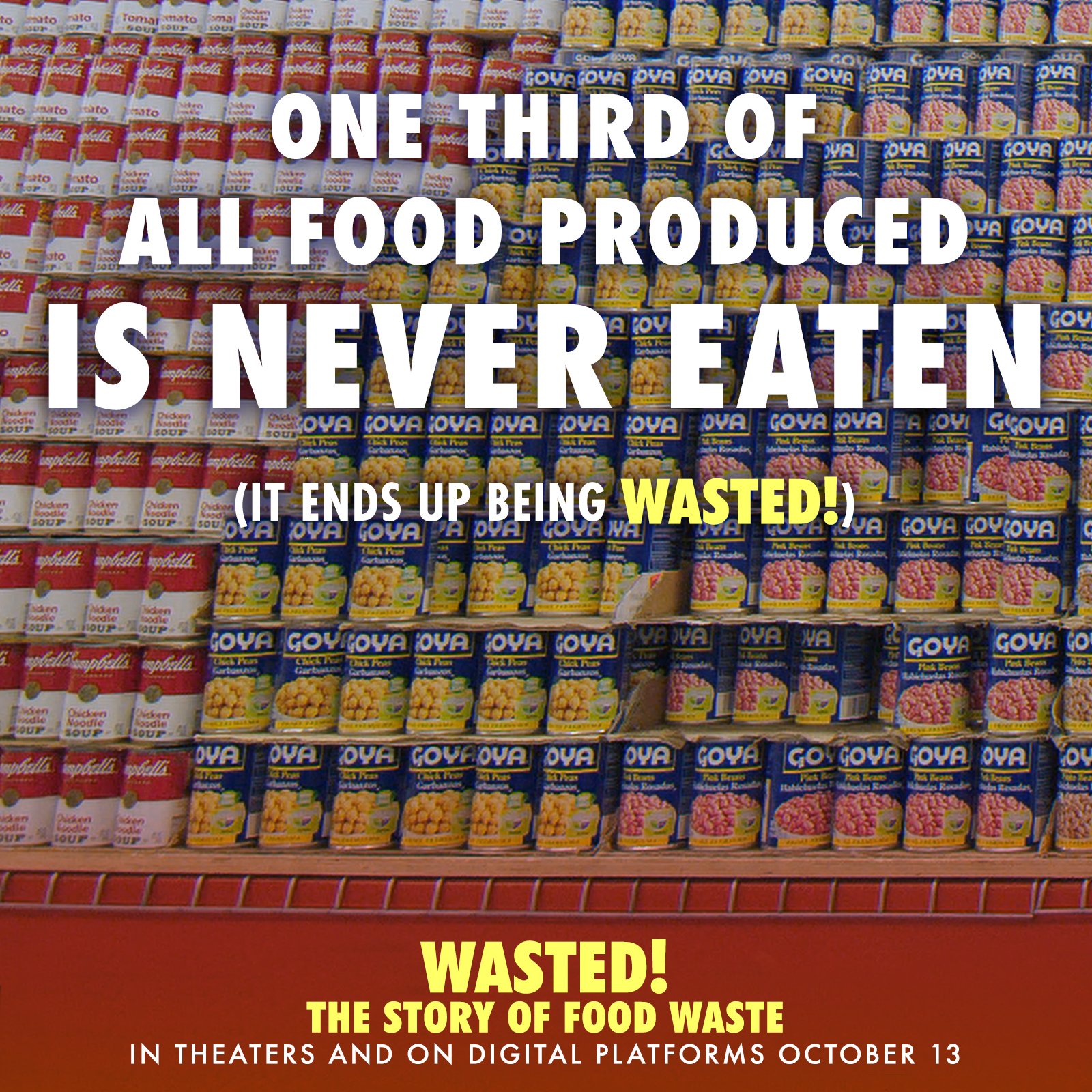
We waste food all along the supply chain. Farmers leave millions of pounds of produce in the field because it is under-sized, blemished, or somehow “unfit” for market. Still more is thrown away when it reaches distributors for packaging. Supermarkets throw out perfectly good food because it has passed its expiration date (which are mostly bogus, BTW). Consumers (that’s us) buy too much, leave it in the fridge too long, or don’t store it properly.
“Consider the fact that one-third of the food grown annually for human consumption is never eaten – for one reason or another, it ends up in the garbage. That’s $218 billion – or 1.3 billion tons – of food annually. In America, families chuck about 25% of the food and beverages they buy at a cost of $1,365 to $2,275 annually. Yet at the same time, 800 million people around the globe are starving. It’s a problem – but one with no shortage of solutions.”
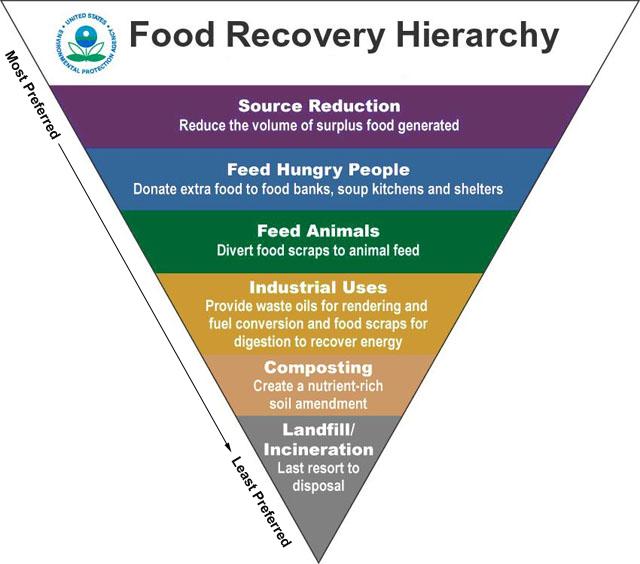
The film delves into each level of the EPA Food Recovery Hierarchy with suggestions for how to reduce or eliminate waste along the way. Let’s take a look:
Source Reduction
Our food system is based on finding uses for surplus corn. That’s why it’s in everything we eat, even the animals. Plus, overproduction of monocultures leads to unhealthy soils.
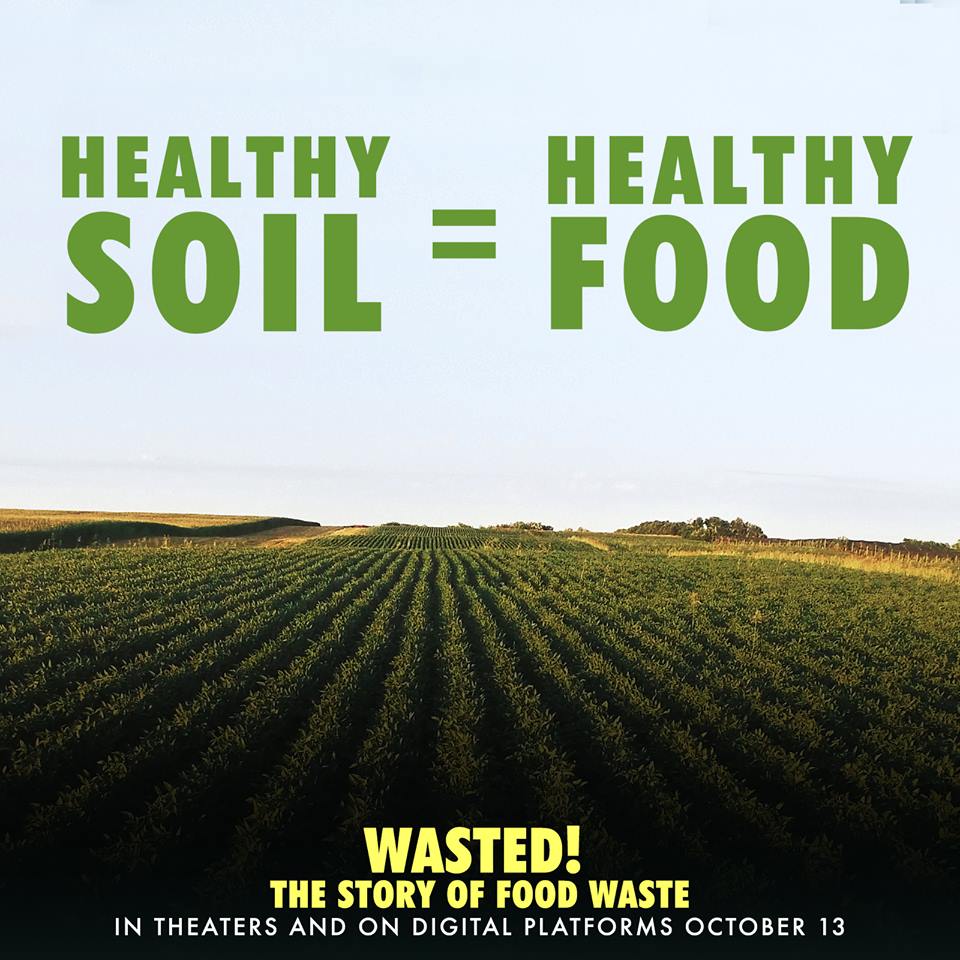
Support your farmers markets, because much of what is brought to market is just a step down from what supermarkets will accept. Farmers can sell this produce instead of throwing it away.
Feed Hungry People
There are organizations like MEND, LA Kitchen, and others who take produce that is about to be thrown away from supermarkets and other suppliers to redistribute perfectly good food to needy families. Community gardens like Ocean View Farms collect excess produce from gardeners to donate to organizations like Meals on Wheels. Food Forward gleans produce from fruit trees all around Los Angeles to donate to food pantries. You can volunteer to pick up produce from farmers markets at the end of the day, or pick produce from trees in your community.
Feed Animals
The movie features pig farmers in Japan who feed food waste to pigs, producing a highly coveted pork that gets a higher price at market. Here at Gardenerd HQ, we toss watermelon rinds, bolted lettuces, and bug-eaten greens into the chicken coop for our hens to devour. Feed your worms with food scraps, too (see Composting).
Industrial Uses
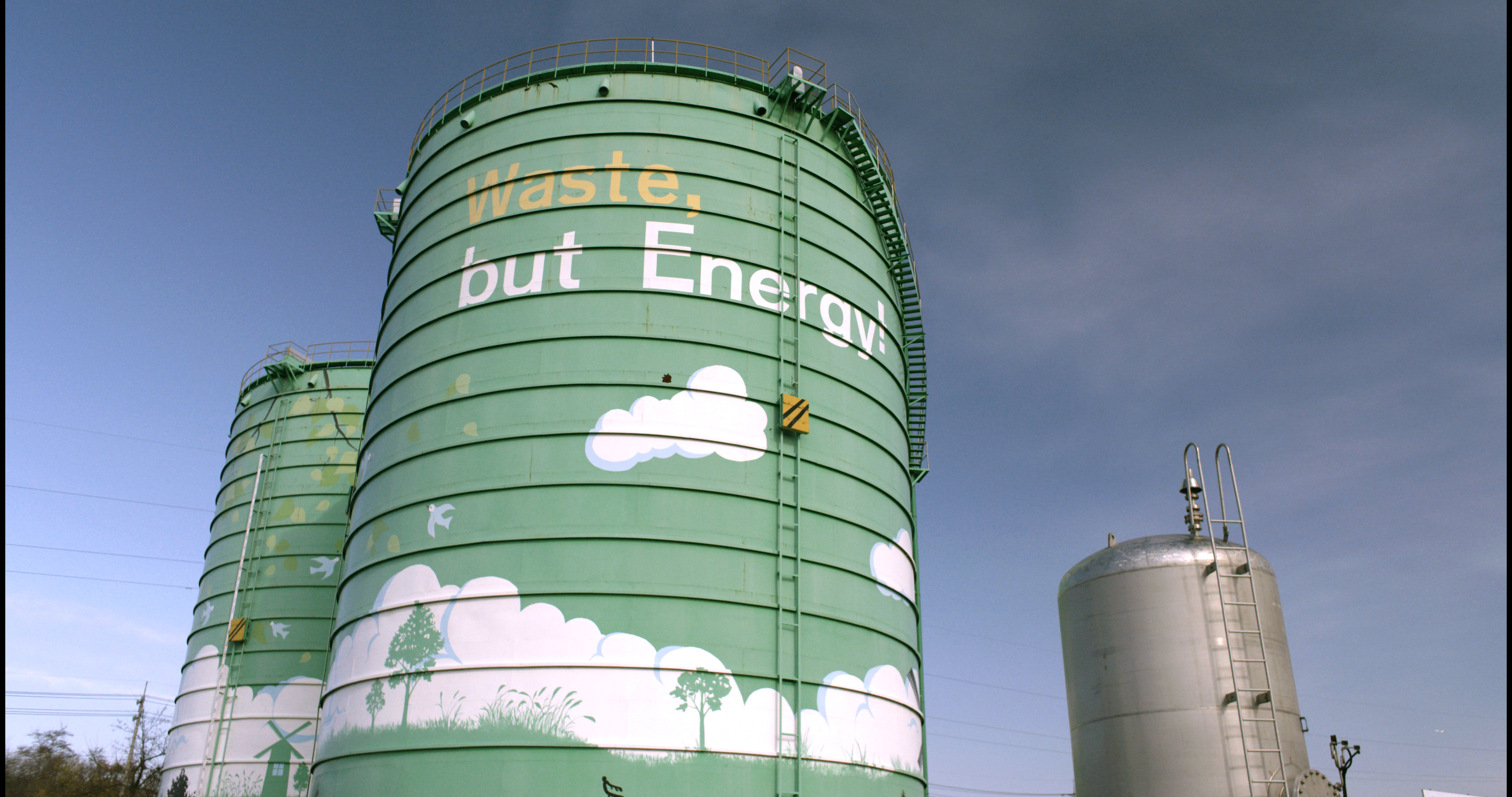
Garbage can be turned into fuel. The film showcases how a company takes the waste they create while manufacturing a product and turns that waste into fuel that powers the factory. Waste oil can be biodiesel, crop chaff and biomass can be turned into biochar. Food waste can produce methane in a closed environment to power facilities.
Composting
Our favorite subject here at Gardenerd. Composting is something every household can do, whether it be in a compost bin, a worm bin, or an anaerobic bokashi bucket. That compost turns into fertilizer for your garden, or something you can trade with local growers for produce. Learn about our composting workshop on Nov. 4th.
Landfill
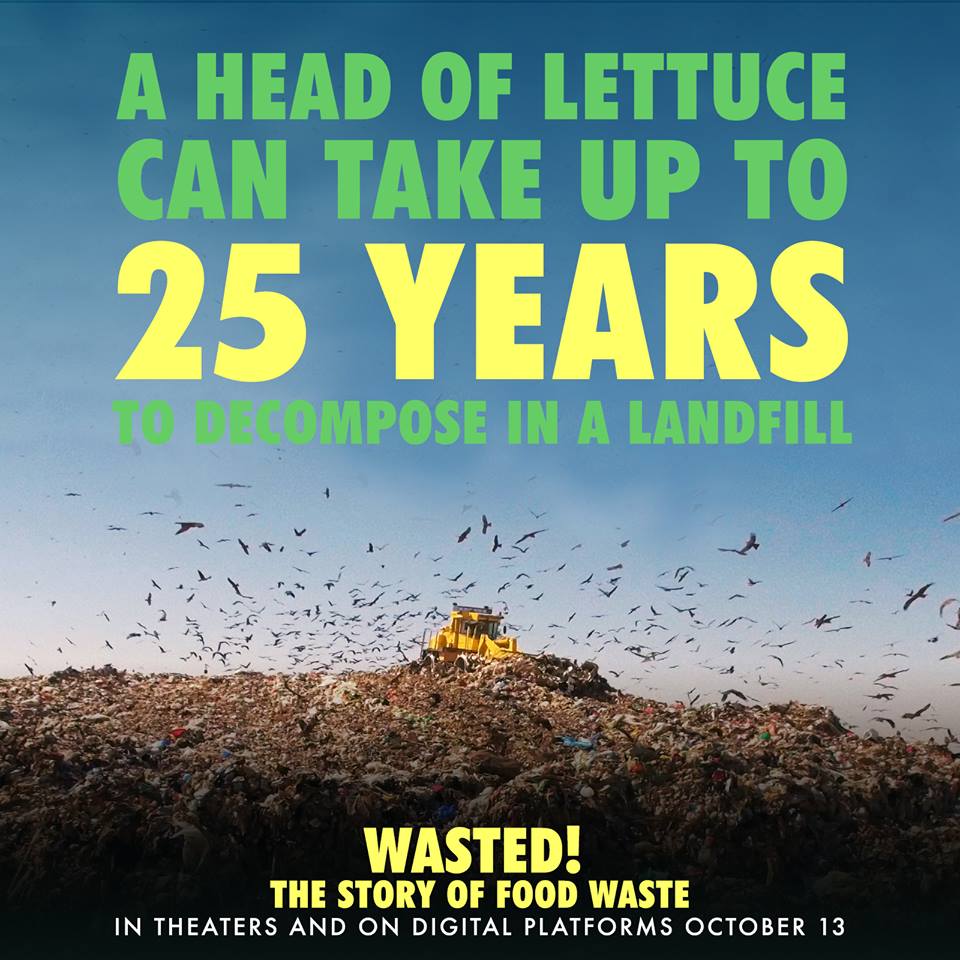
“Today, more and more people are concerned about climate change. And when they think about their carbon footprint, they think about biking to work instead of taking their car. What they’re not thinking about is that one of the biggest contributors to greenhouse gases is actually the food that they’re throwing away.” — Eve Turow Paul, Food Journalist
The landfill is not the answer. There is no “away”. As consumers, if we utilize everything we grow or buy or order at a restaurant, we are doing our part. If we buy less and make more empty-the-refrigerator-soup, we’ll reduce our carbon footprint. Find more ways to take action at Wasted! The Story of Food Waste’s website, including this cool site called Save the Food.
Where to see the film?
Wasted is screening around the country starting October 13, 2017. You can also watch it on Amazon and other streaming services. The film does a good job of avoiding typical guilt-trips associated with environmental messages. Instead it’s chock-full of ideas for how to change our world for the better. See it and decide how you want to join in.

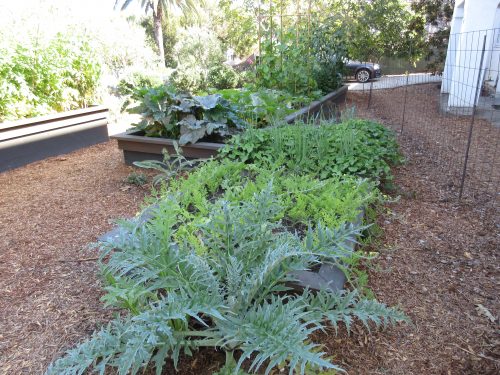
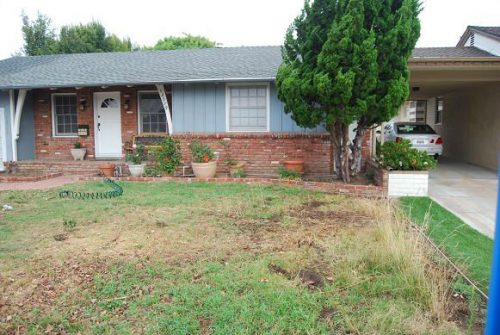
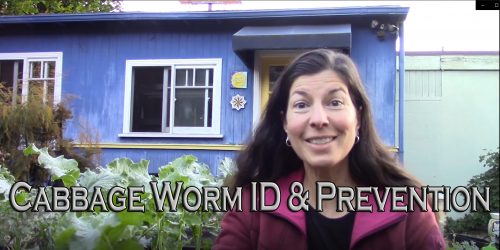
Pingback: Tackling Food Waste - Gardenerd